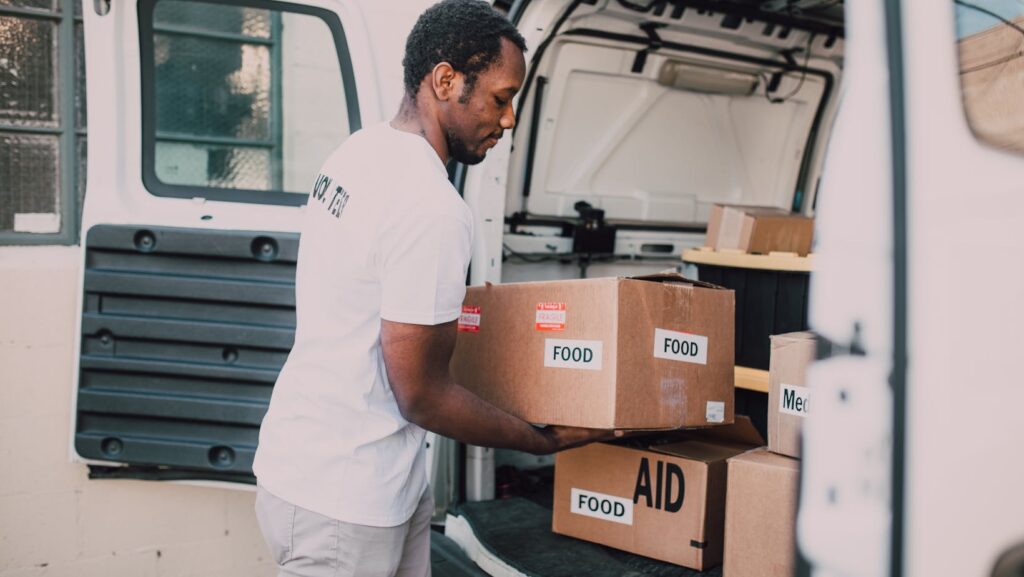In the face of mounting climate uncertainties, disaster readiness has become a buzzword for communities across the globe. But which is essential for ensuring disaster readiness in a community
Which is Essential For Ensuring Disaster Readiness in a Community

Grasping the concept of which is essential for ensuring disaster readiness in a community constitutes an important step towards community resilience. This comprehension fortifies communities against the unexpected, acting as an impenetrable barrier against disaster-induced disarray.
In disaster management, communities bear significant influence. They’re the first respondents when disaster strikes, making their pre-disaster preparedness and post-disaster recovery vital. For instance, trained community members can initiate basic recovery efforts, minimizing losses while waiting for external help. Equally, they carry the responsibility for spreading awareness about likely threats, altering everyone in the locality about the necessity of readiness.
Essential Strategies for Disaster Readiness
Developing Effective Communication Channels
Communication plays a pivotal role in the sphere of disaster readiness. It’s the backbone that ensures composed management amidst chaos. Enabling channels for swift and accurate information transfer can deter panic, hastening the response processes during a critical situation. Services like alert systems, emergency broadcasts, or hotlines fall under this umbrella. For instance, ‘Alert Ready’ in Canada is an efficient system facilitating immediate dissemination of safety information. Public speakers and social platforms, harnessed rightfully can engage communities, transforming them into informed partners in combating disasters.
Creating and Implementing Disaster Response Plans

Actionable disaster response plans come across as a non-negotiable prerequisite, anchoring both readiness and resilience. Communities equipped with structured plans can hit the ground running when a disaster strikes, enhancing the window for effective mitigation. The procedure involves a well-documented roadmap, detailing action steps, roles, and responsibilities. An example to qualify this can be ‘Hurricane Preparedness Plan’ developed by the National Hurricane Center in the US. Recurring drills, simulating scenarios, and continuously updating the plan based on real-world outcomes, fortify community preparedness further. Periodic audits of these response plans ensure them up-to-date and relevant. Thus, fostering entire communities into zones of resistance exchanging vulnerability with vigilance.
Community-Based Approaches to Enhance Readiness
Engaging Local Organizations and Volunteers

Enlisting local organizations and volunteers proves pivotal in strengthening disaster readiness. They, with their immediate response, become a vital lifeline in the event of an emergency. For instance, the work of the Cajun Navy following Hurricane Katrina, a group of volunteers using their private boats for rescue, showcases the vital role of local engagement in alleviating disaster impacts. Engaging local groups also promotes the practice of drills and updates in plans, drawing from the earlier discussion about the consistent tailoring and practicing of disaster plans. These organizations, steeped in local insights, also assist in building culturally-appropriate awareness programs, reinforcing the shield of readiness.
Incorporating Technology and Innovation
Harnessing technology and innovation has the potential to dramatically enhance preparedness levels. Active utilization of weather forecasting technologies, for instance, aids in accurate prediction and early warnings. Social platforms, as discussed earlier, provide effective communication channels during emergencies. The rise of drone technology further amplifies readiness, illustrated by Red Cross drones used in disaster-ridden regions to aid timely and efficient rescue operations. Moreover, innovative strategies such as virtual reality training programs offer immersive experiences allowing community members to better comprehend potential disaster situations. Therefore, leveraging modern innovation and technologically-advanced measures offer promising prospects to nurture a well-prepared and resilient community.
Essential Strategies
It’s evident that which is essential for ensuring disaster readiness in a community isn’t a choice but a necessity in today’s climate-volatile world. The need for robust infrastructure and effective communication can’t be overstated. Communities must be at the forefront of preparedness efforts, acting as first responders when disaster strikes. The importance of comprehensive communication and response plans, along with the integration of technology and innovation, is key to enhancing readiness. By engaging local organizations and volunteers, we can build a community-based approach to disaster readiness.

